Microgreens: Power source from the window sill
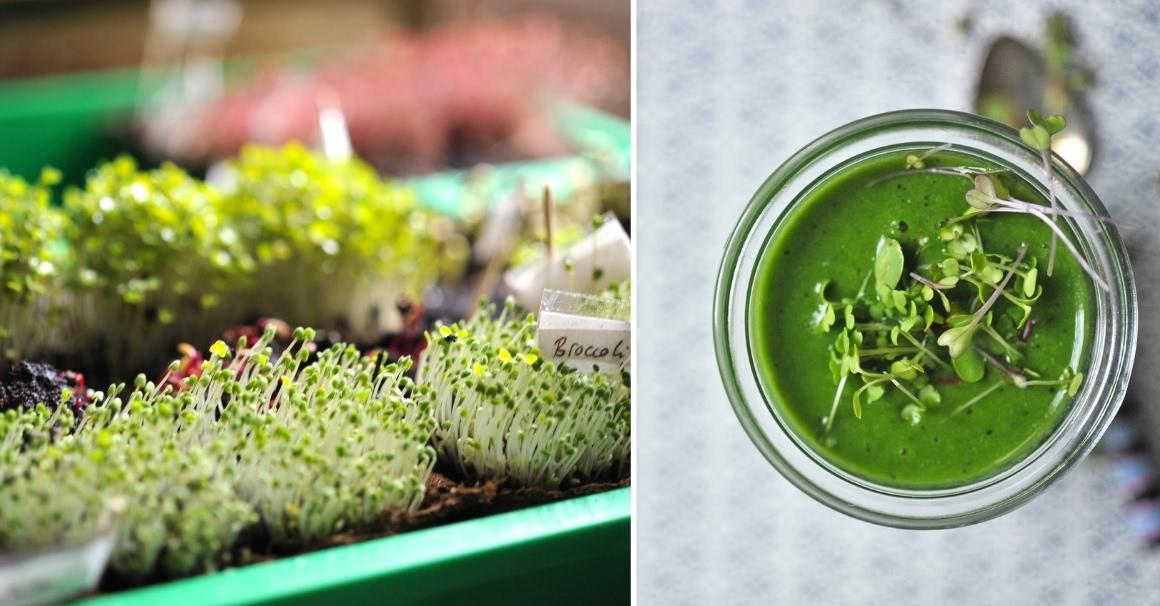
Green smoothies with microgreens in winter. It doesn't get fresher than this.
In the winter months, the choice of leafy greens is very limited, only a few wild herbs are available, sometimes I crave fresh, soft leafy greens and wish it was spring. My solution to satisfy my cravings - Microgreens. These are small green seedlings that you can grow from pretty much any seed whose plant or fruit is edible - including. Broccoli, arugula, radishes, beet or even chia and amaranth. Microgreens are packed with nutrients and can be grown on the windowsill at home easily. They thrive within a few days and add a special nuance to your green smoothie. Simply blend them with the other ingredients in a high-speed blender. Another option is to use microgreens to enhance the taste and appearance of salads, soups or stews.
Microgreens growing guide: from seed to green plant:
- I start by soaking the seeds in a jar of water for a few hours. Some seeds (such as quinoa) can only tolerate a few hours or they will burst. For most, however, one night is a suitable duration. Soaking is like a kick start. It is not absolutely necessary, but it speeds up the germination process and reduces the risk of the plants drying out in the early stages.
- In a plastic tray (hardware store), I place small growing pots filled with organic growing soil. Our living room is warm but rarely ventilated, so there is always a risk that the small plants will mold. With this plastic tray variant, waterlogging can be easily controlled and excess water can be drained off.
- The soaked seeds are placed on top of the soil and sprinkled with some more soil. Water once, put plastic wrap over it and it will start to sprout. It's helpful to put up some signs so you don't end up mistaking arugula for broccoli.
- Use a spray bottle to water the plants regularly so they don't dry out. It is best to place them by the window, as they need light. Now, depending on the seed, it takes 1-10 days for them to start growing. Hemp, for example, germinated only after 10 days. Harvesting can be done as soon as at least two green leaves have emerged or when curiosity becomes too strong.
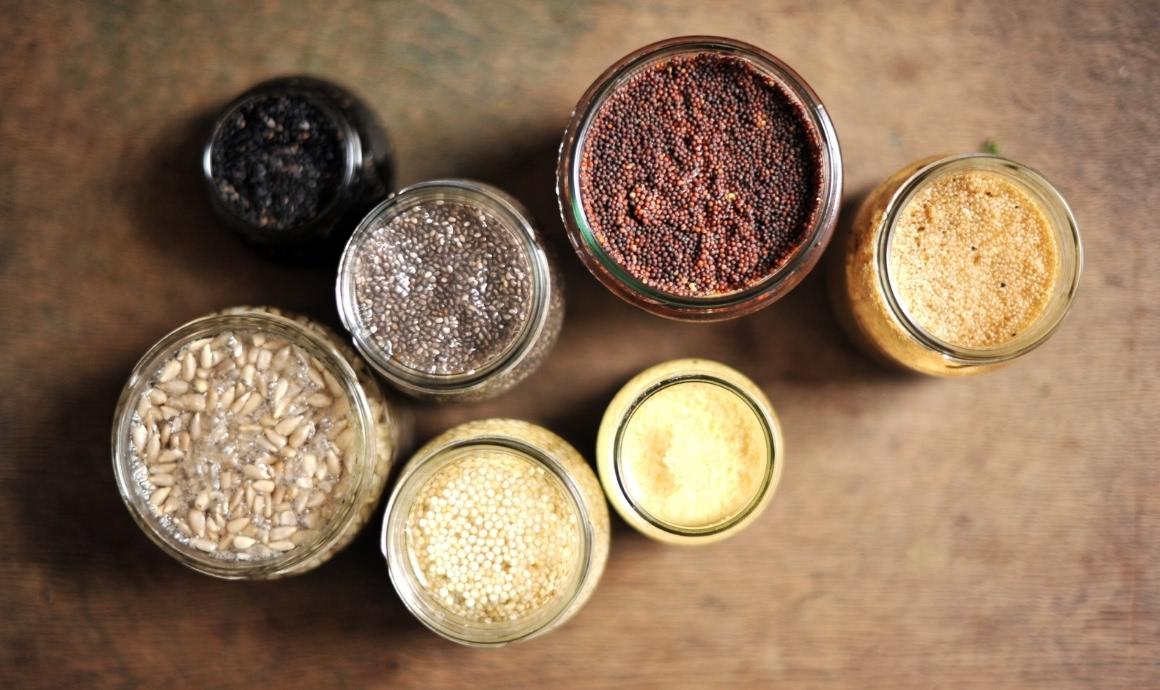
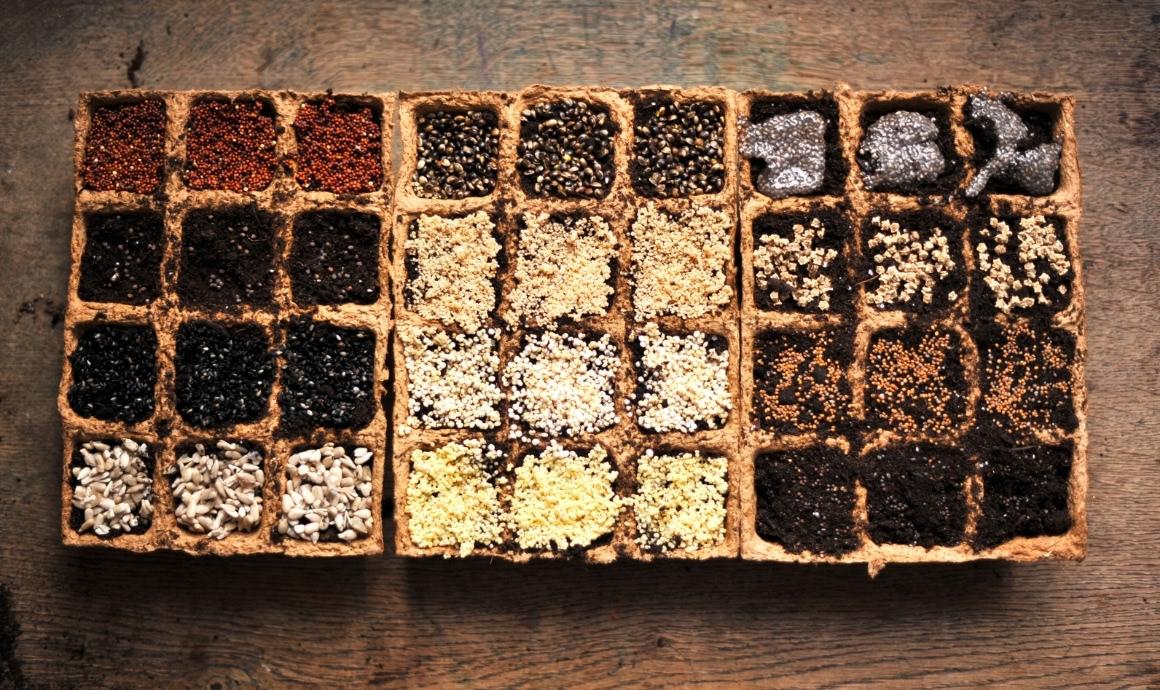
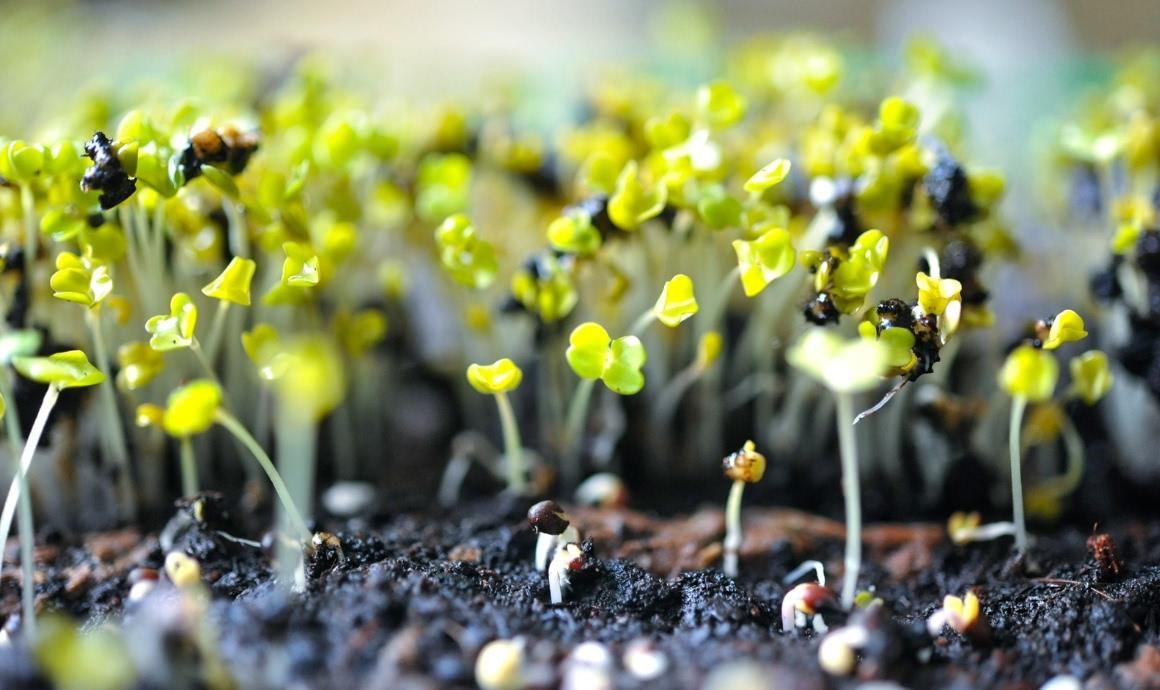
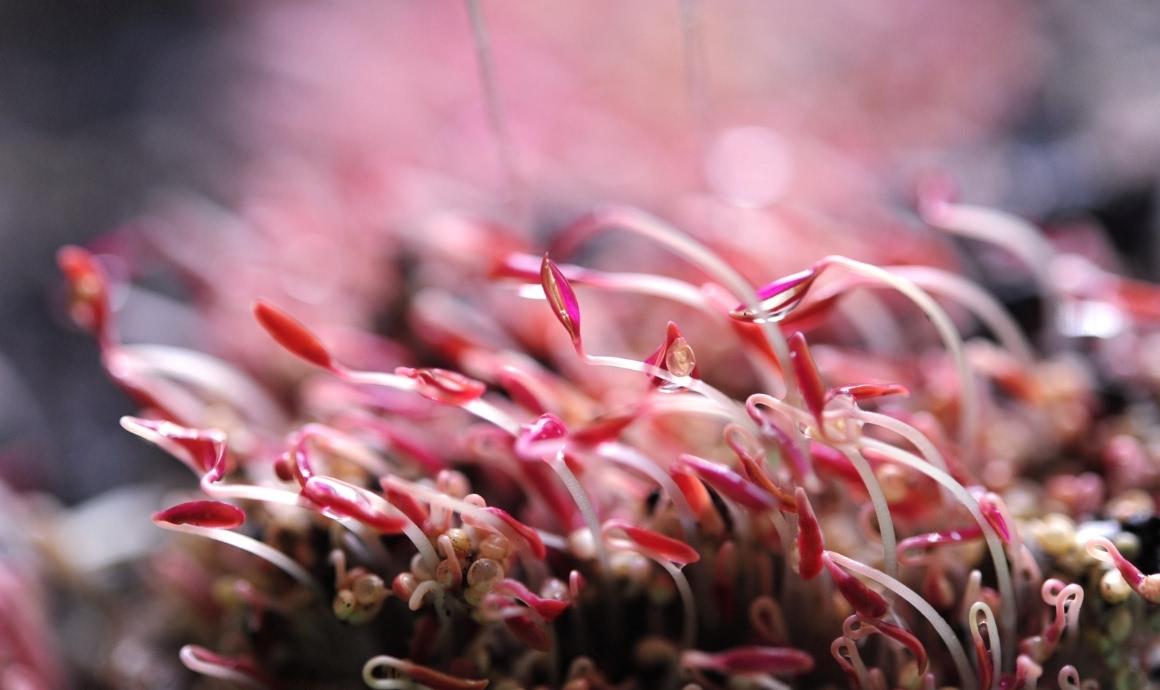
The little ones need fresh air
Plants thrive best in their natural environment. I therefore try to place the plants in direct sunlight regularly, as long as the temperatures are above freezing. The formation of chlorophyll is enhanced by direct sunlight. In addition, the fresh air outside prevents mold. If you do not have this opportunity, you can always give the plants a breath of fresh air through a open window.
I was interested in the influence of sunlight on the formation of the plant pigment chlorophyll, so I made a simple test series in which I examined how wheatgrass thrives under different conditions.
Small excursion wheatgrass:
Wheat is a wonderful microgreen full of vital substances and at the same time a quite resistant plant. For my experiment I have chosen three different variations of planting
- In the germinator: The germinator offers the best conditions - regular humidification, air movement and thus no mold growth. In the germinator, however, the plants receive little light.
- On the windowsill: There is a certain supply of light and regular water, but air circulation is lacking indoors.
- Outdoors: The germinated wheat was poured directly onto the ground and not given any further attention.
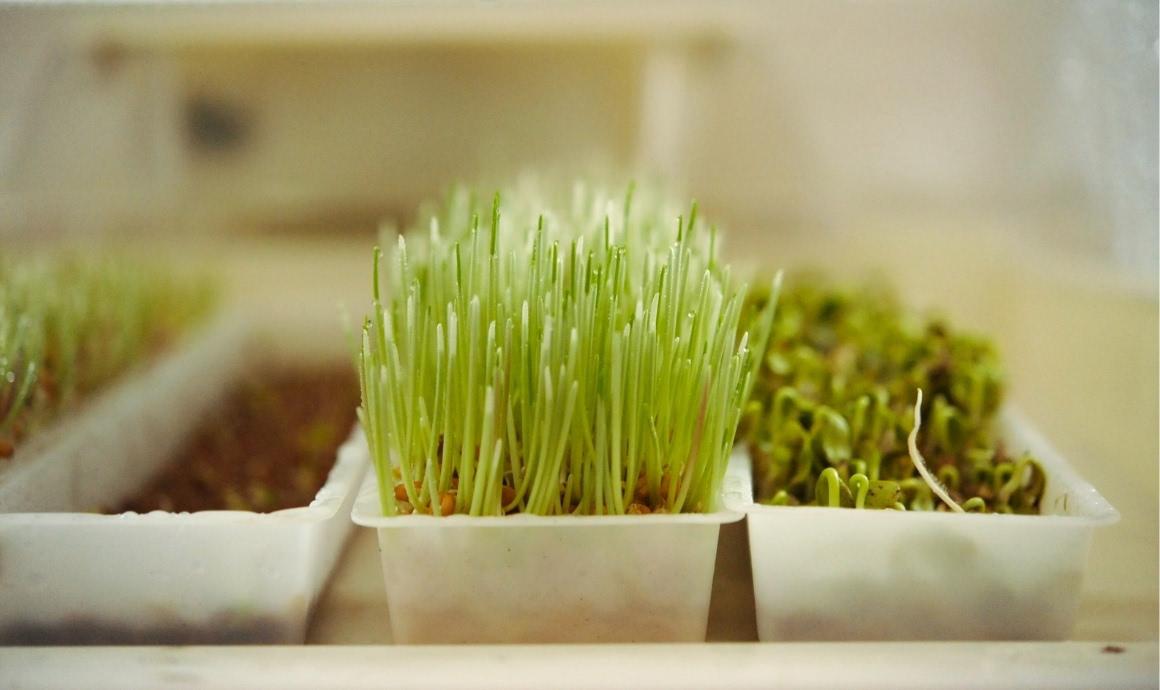
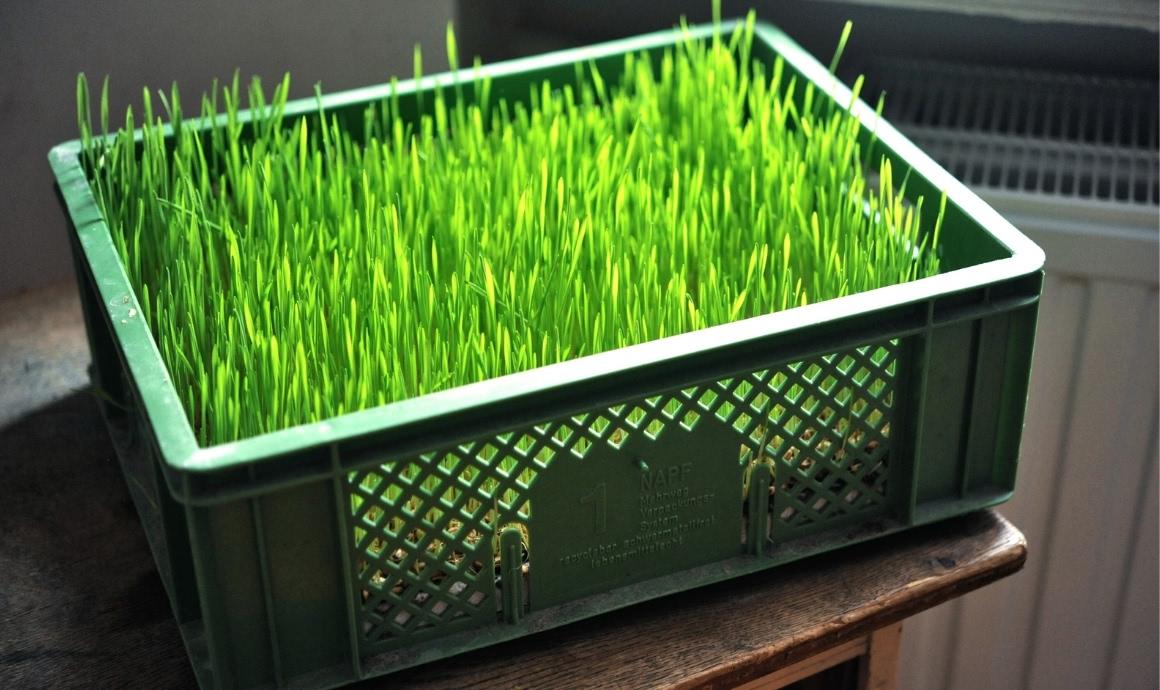
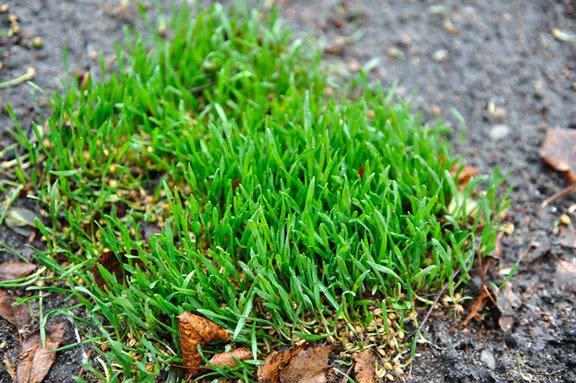
There are two things that really surprised me:
First, how little green the plants turned in the germinator. The grass remained pale and even when I "seeded" it after a week, it did not turn nearly as green as it had in the other variations of planting.
Second, I was amazed at the growth of the wheat , which I sowed in January at freezing temperatures - the outdoor wheat had shown no change for weeks. After a few days of snow in Berlin, I even forgot about it. However, when the snow melted, a rich, vibrant green emerged. The wheat on picture 3 is about 4 weeks old. The plants in picture 2 only one week. Outdoors, growth started much later, but the stalks are much thicker and more robust than those of the plants grown indoors. The plants from the windowsill thrived wonderfuly and were mold-free during the first week. After ten days, however, the root zone was infested with mold. This is the biggest problem when growing wheatgrass indoors. The best result is achieved when wheatgrass is pre-grown indoors (2-3 days) and then placed outdoors. To make it grow more quickly, it can be brought inside at night.
Areas of application of microgreens
Microgreens can be used in many ways, as they taste intense and are eye-catchers. With the small seedlings, many dishes can be refined in taste and appearance. Whether salads, soups or side dishes - the small green plants enrich every hearty meal. Obviously I'm going to try them out and see how they do in a green smoothie. I usually take 1-2 tablespoons of microgreens and add them to the rest of the greens. Since many microgreens are a bit spicier, I wouldn't use them as the only green ingredient. The seedlings of peas, sunflowers, or mild leaf lettuces like Indian lettuce or lamb's lettuce, on the other hand, are very mild and can be added to smoothies in any quantity. They are also good to use as toppings and encourage chewing while enjoying the smoothie.
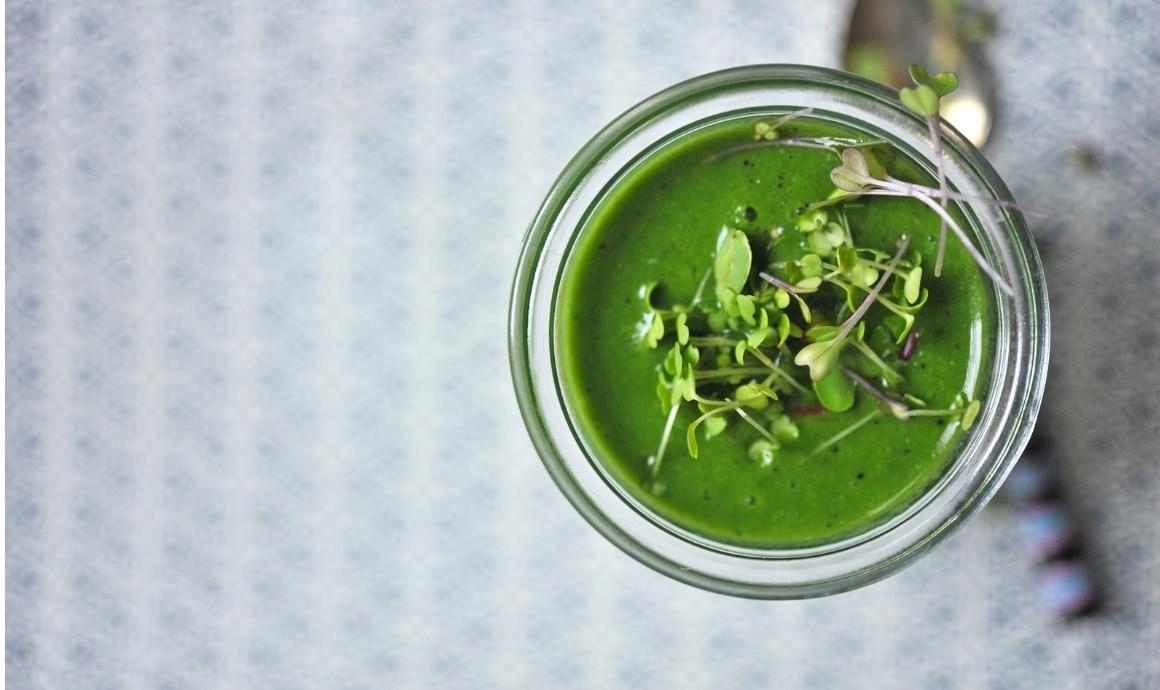
Use your imagination and experiment with anything that produces edible green leaves. It feels good to bite into fresh crunchy greens and bring spring into your kitchen. Have fun with these nutrient-rich little creatures.
We appreciate your Feedback here!
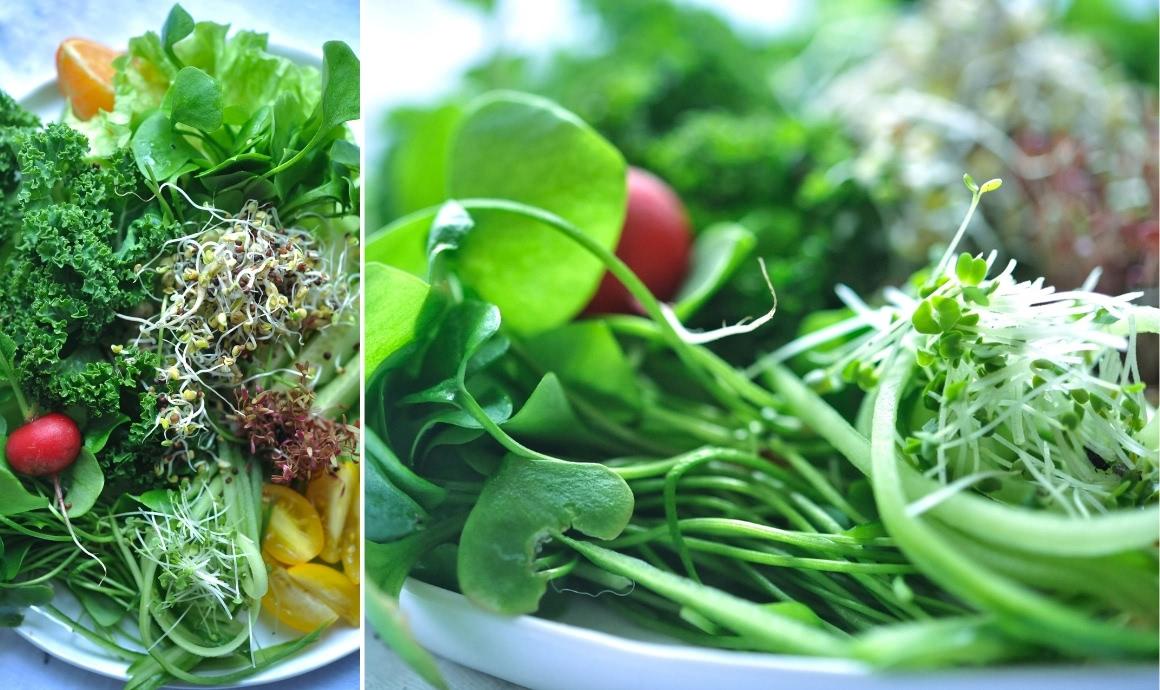









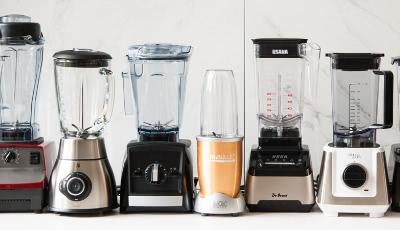
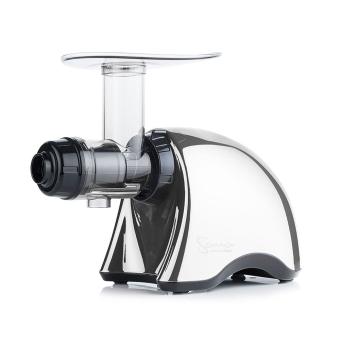






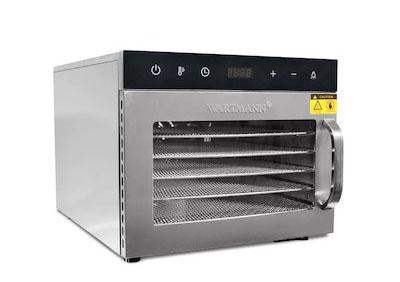
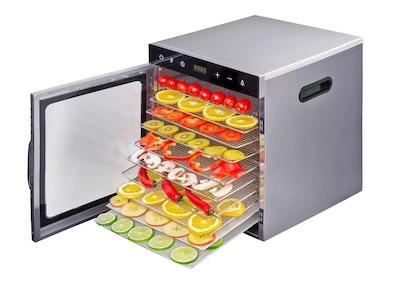
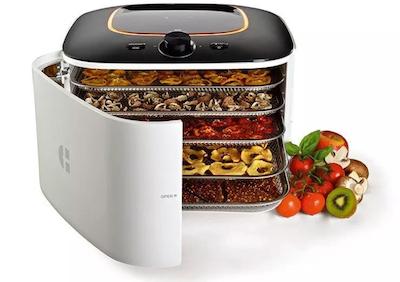
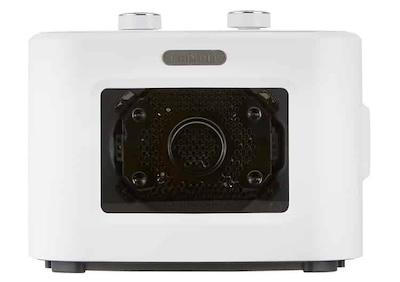
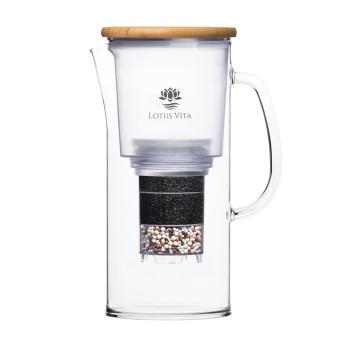
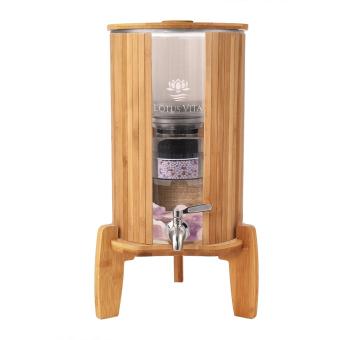
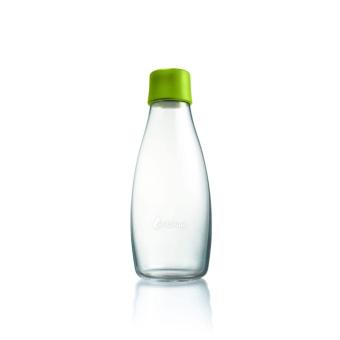
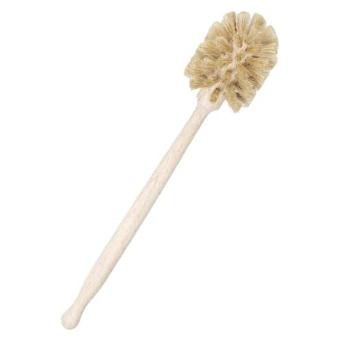
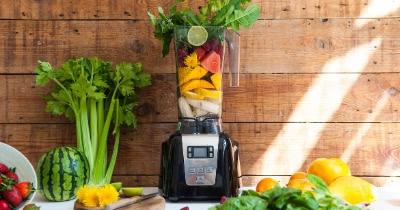
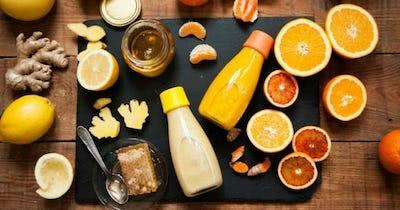

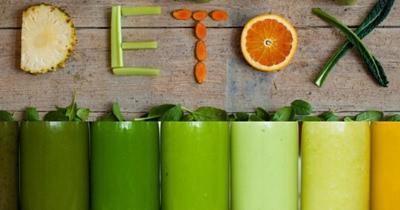

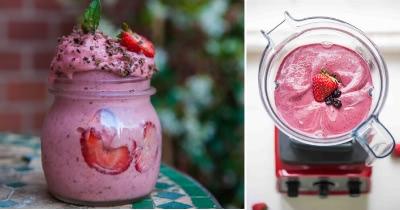
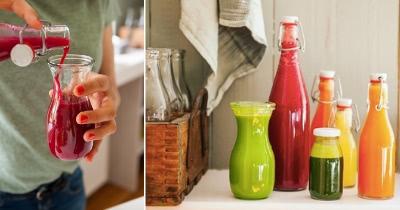
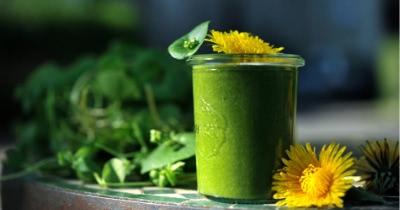

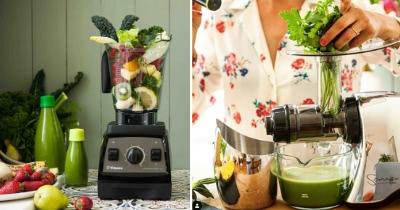


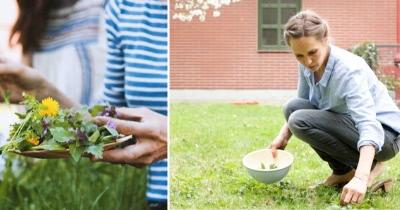

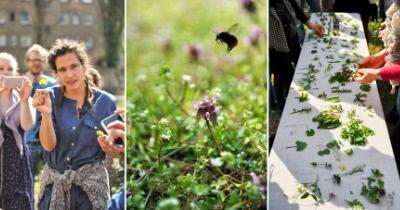
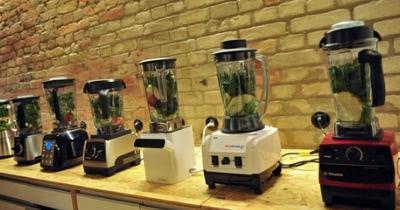
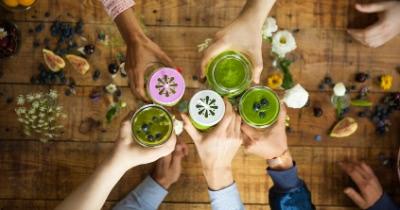
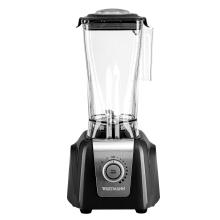
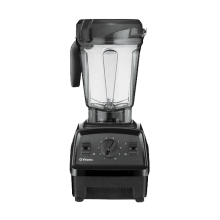

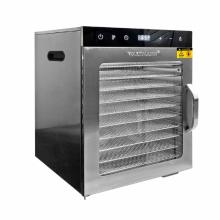

Add comment
21 | Comment(s)
Warm regards,
Silke
thank you for your question. Unfortunately, I don't have any experience with growing wild herb sprouts. However, you can probably find an answer elsewhere online.
Best regards,
Carla
I'm new to the world of sprouts and have the following question:
Can you always eat the roots of microgreens? Or are there varieties that you MUST cut off?
I was familiar with cress, for example, where you always cut it. But I've also read that the root can be eaten. It's important to me to know if it's health-wise safe to eat the roots as well.
I can't find an answer anywhere, so I hope you have a solution for me.
Thank you very much and best regards :)
thank you very much for your question.
As far as I know, with sprouting plants or microgreens, only the leaves and the stem are eaten, not the roots.
Best regards,
Carla
Best regards, Annett
Thanks so much, Tine
Best regards,
Andreas
Lately, I've been pondering whether it would be possible to cultivate nettle, ribwort plantain, and Good King Henry microgreens on the windowsill during winter. As the seeds can easily be collected during summer, your article came at just the right time. I will give it a try. Thank you so much for the inspiration.
Andrea
That's also a great idea, fresh wild herbs from the windowsill, I hadn't thought of that. Thank you very much for the tip and good luck.
Svenja
I think your post is really great and interesting! I have a question about it! I would like to try growing wheatgrass on my windowsill with occasional exposure to the outdoors. Is it better to do it with or without soil? Or does it not matter?
Best regards
I have always grown wheatgrass using soil because I wanted to follow nature's example. However, there is also something called plant fleece available. Apparently, it has advantages in terms of preventing mold formation. I just discovered that there is a wheatgrass sieve available, which might also work. Take a look here: www.eschenfelder.de.
Good luck with your experiment, and feel free to reach out if you'd like to share your experience.
Best regards, Svenja
Best regards
thank you so much for your great tip.
Warm regards,
Anne
Regarding cultivation in the Eschenfeld sieve bowl, I can only say that I tried it too, but just once.. The roots grow in so tightly - and the yield for the effort and cost is rather low.
Best regards
thank you for your feedback and your helpful exchange of experiences. Yes, the constant moisture at the bottom really makes it difficult to avoid mold formation...
Wishing you continued joy in your growing endeavors,
Anne